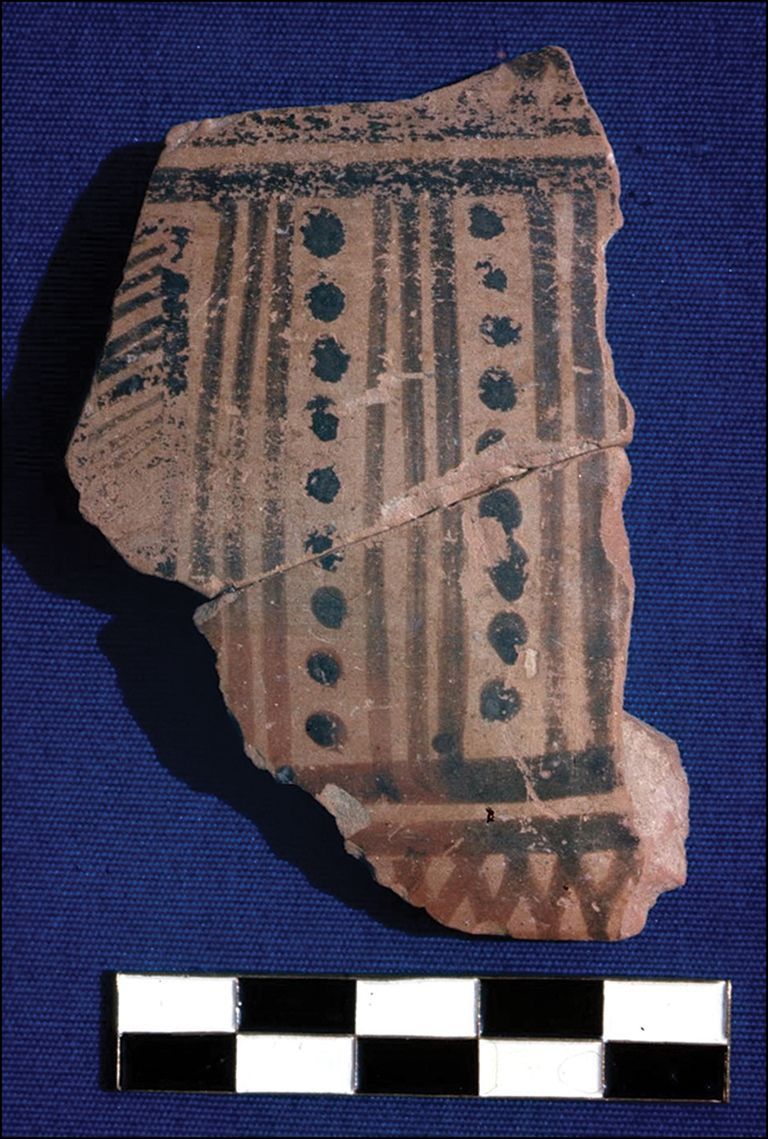NEW: A group of curious cats may have made migrated from the Near East to Europe nearly 10,000 years ago, reveals a major new project studying the origin and history of our feline friends. 🐈
Strap in for an #AntiquityThread on some adventurous kitties 1/13 🧵
Strap in for an #AntiquityThread on some adventurous kitties 1/13 🧵

🧬 Previous research had recovered DNA from the Near Eastern wildcat, the ancestor of modern domestic cats, from ancient sites in Central Europe dated to 3000BC. 2/13
📸: Modern Near Eastern wildcat
📸: Modern Near Eastern wildcat

This was weird since it was thought Near Eastern wildcat DNA arrived in the region via domestic cats, which were only thought to be established during the Roman period. 3/13
📸: Roman mosaic of a cat; by Massimo Finizio / CC BY-SA 2.0
📸: Roman mosaic of a cat; by Massimo Finizio / CC BY-SA 2.0

🗨 “This raised questions about cats' way from the Near East to Central Europe and their relationships with humans, including their domestication status,” said Dr @PopovicDani, from @UniWarszawski. 4/13
📝 So Dr Danijela and a team of researchers began a new project combining palaeogenetics, zooarchaeology, and radiocarbon dating to study what was going on with cats in Central Europe. Their initial results are published in Antiquity. 5/13
📸: Mandibles of wild & domestic cats
📸: Mandibles of wild & domestic cats

🔍 They found further evidence of Near Eastern wildcat genes in European specimens from not only before housecats but before the Neolithic - when the first farmers began migrating into Europe. 6/13
📸: The team's reconstruction of cat movement into Europe
📸: The team's reconstruction of cat movement into Europe

🗨 “This means that their dispersal through Europe preceded the first farmers' arrival, so these cats probably were still wild animals that naturally colonized Central Europe,” said Dr Popović. 7/13
Cats setting off on their own raises more questions:
🤝 Did the farmers form a relationship with the cats?
🌍 How far into Europe did the cats reach?
😻 Is evidence of them mating with the European wildcat?
The team hopes their project will answer some of these questions. 8/13
🤝 Did the farmers form a relationship with the cats?
🌍 How far into Europe did the cats reach?
😻 Is evidence of them mating with the European wildcat?
The team hopes their project will answer some of these questions. 8/13
🐱 The researchers also want to learn more about how domestic cats appeared in Central Europe - as well as the role humans had in this.
Were the Romans herding cats? 9/13
Were the Romans herding cats? 9/13
🗨 This could also reveal how much it impacted the European wildcat's natural population: “We believe that our results will be significant for the conservation management of European wildcats,” said Dr Popović. 10/13
📏 The team also found our cats shrunk over time. Their analysis of physical changes revealed that Roman housecats were, on average, larger than modern kitties but became smaller than modern cats by the Middle Ages. 11/13
📸: Cat size over time
📸: Cat size over time

🗨 The team hopes this is just the start: “We believe that current research will allow us to understand the complexity of cat-human and cat-wildlife coexistence in Central Europe from the earliest moments until recent times,” said Dr Popović. 12/13
Find out more in the research paper, which is FREE to read:
The history of the domestic cat in Central Europe – Magdalena Krajcarz, @MateuszBaca, @PopovicDani et al. doi.org/10.15184/aqy.2…
13/13
🧵
The history of the domestic cat in Central Europe – Magdalena Krajcarz, @MateuszBaca, @PopovicDani et al. doi.org/10.15184/aqy.2…
13/13
🧵

• • •
Missing some Tweet in this thread? You can try to
force a refresh



















